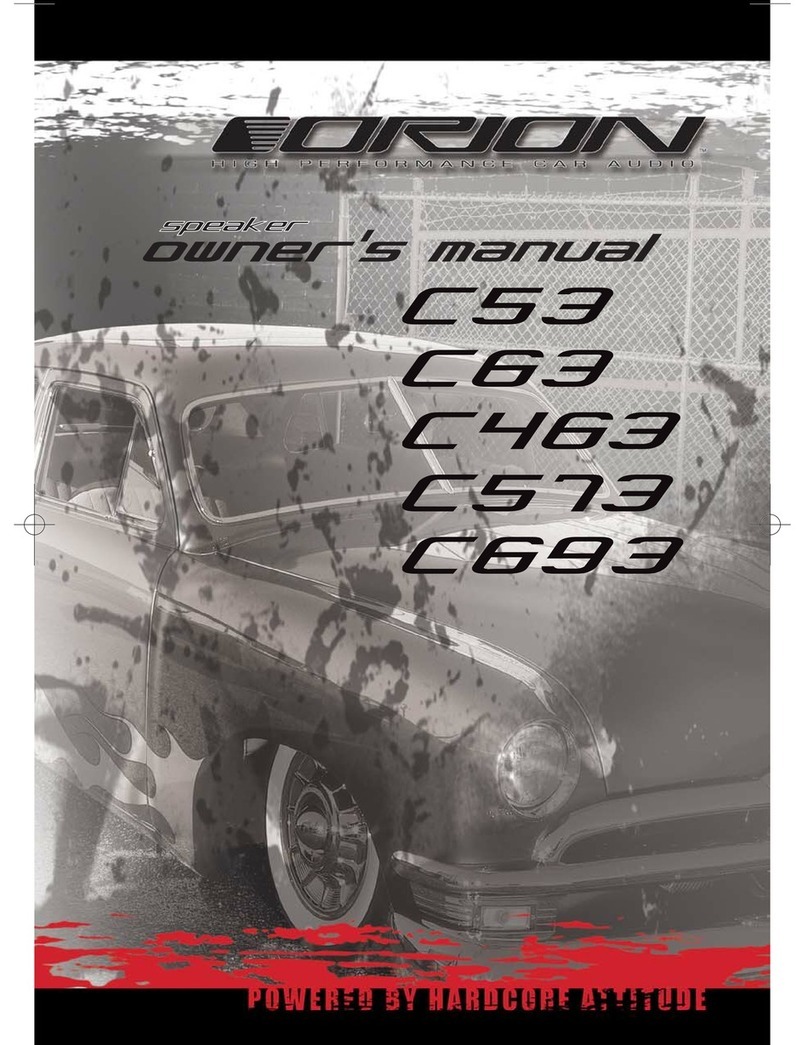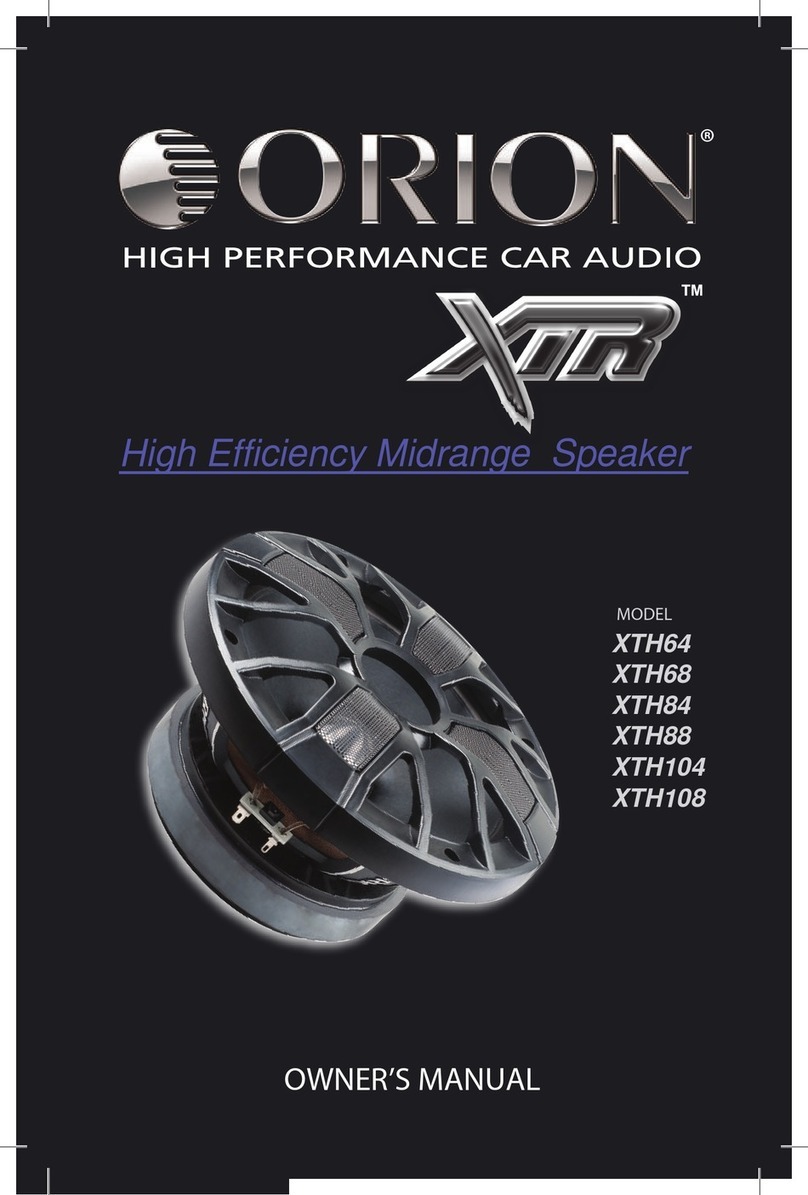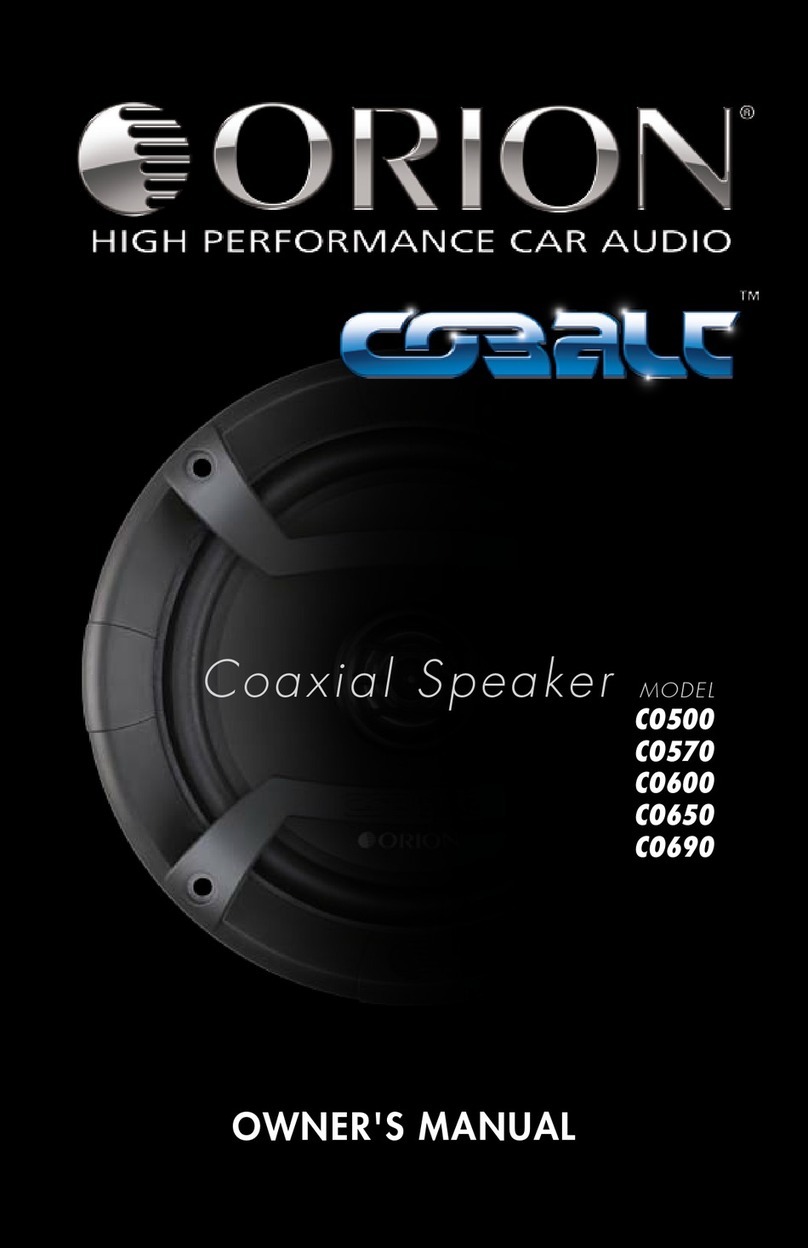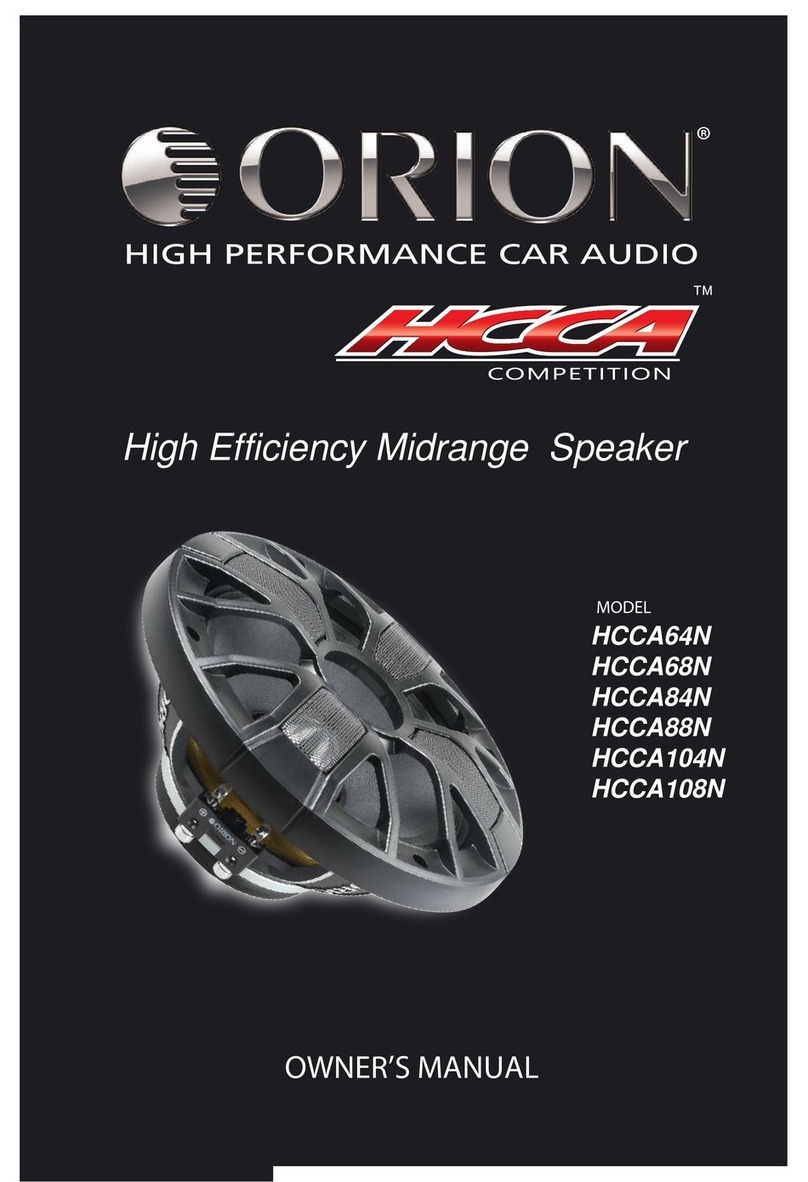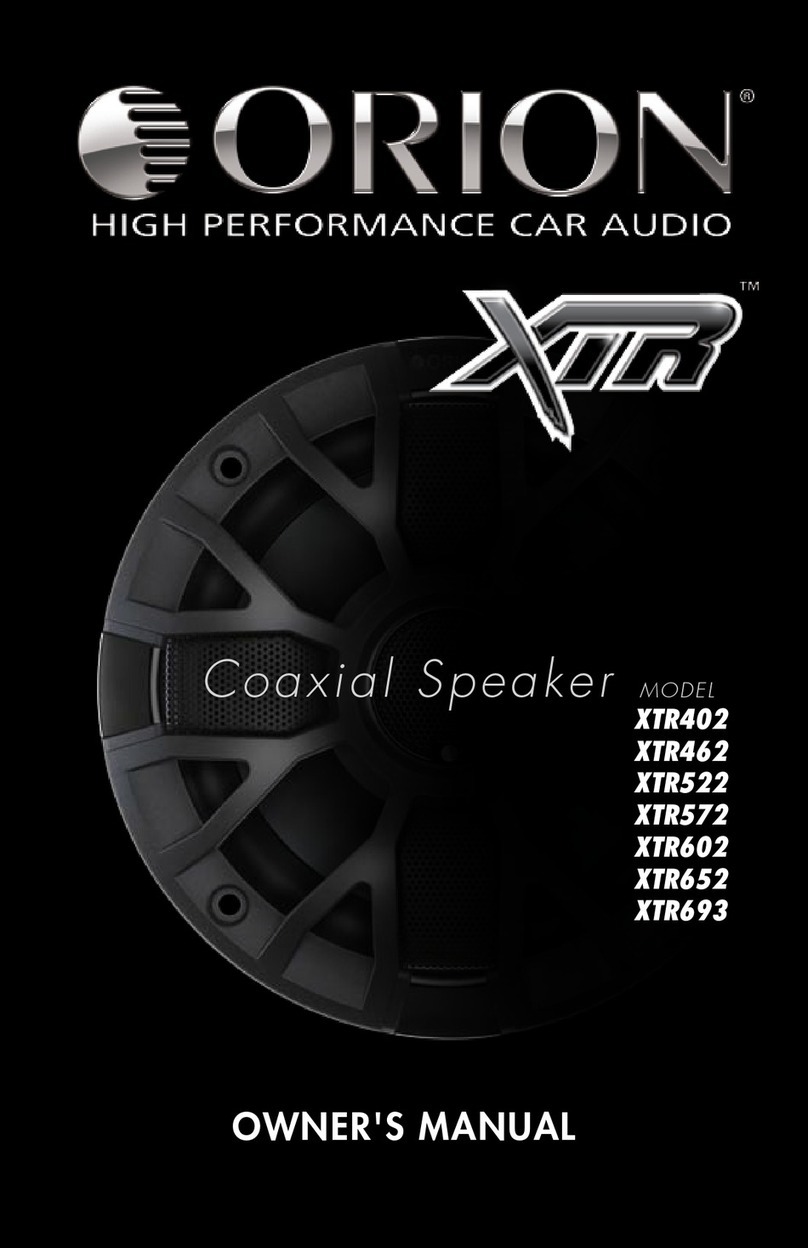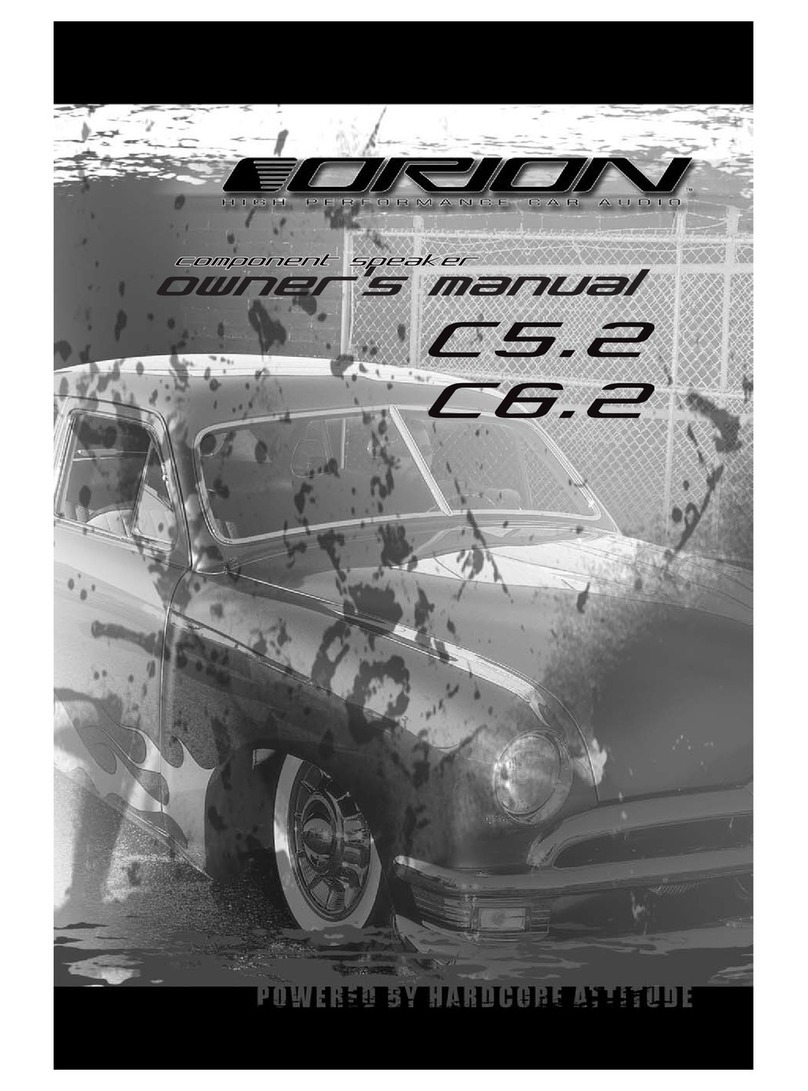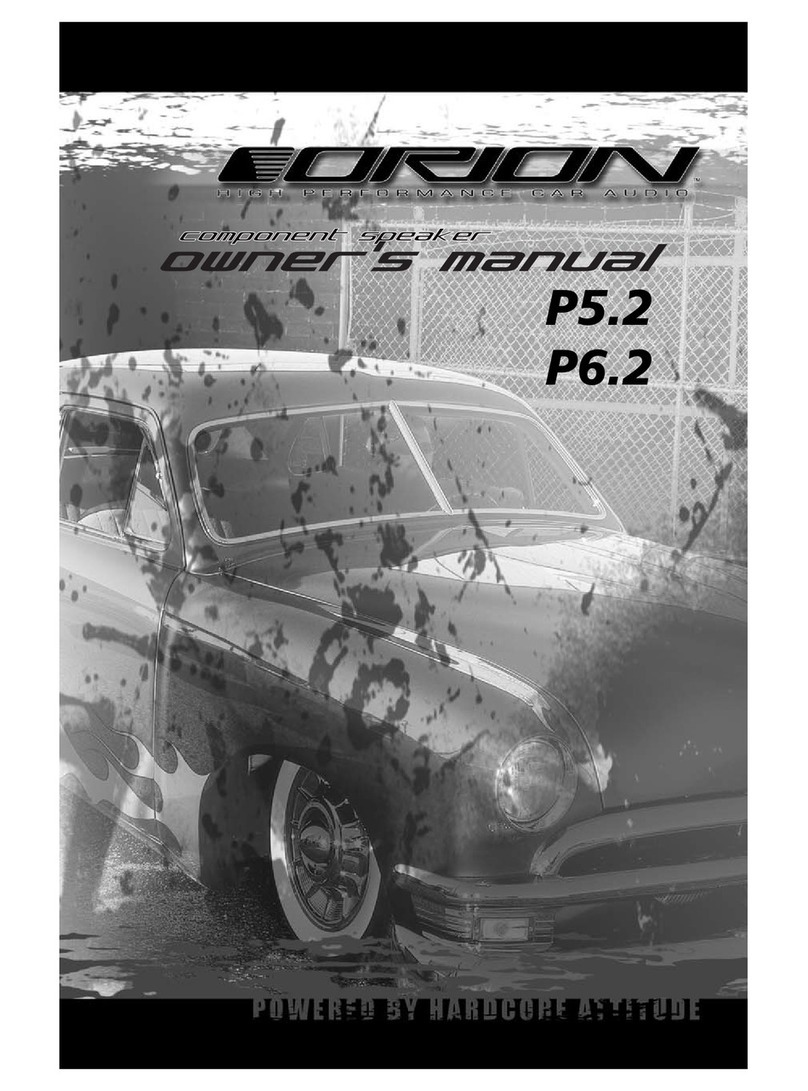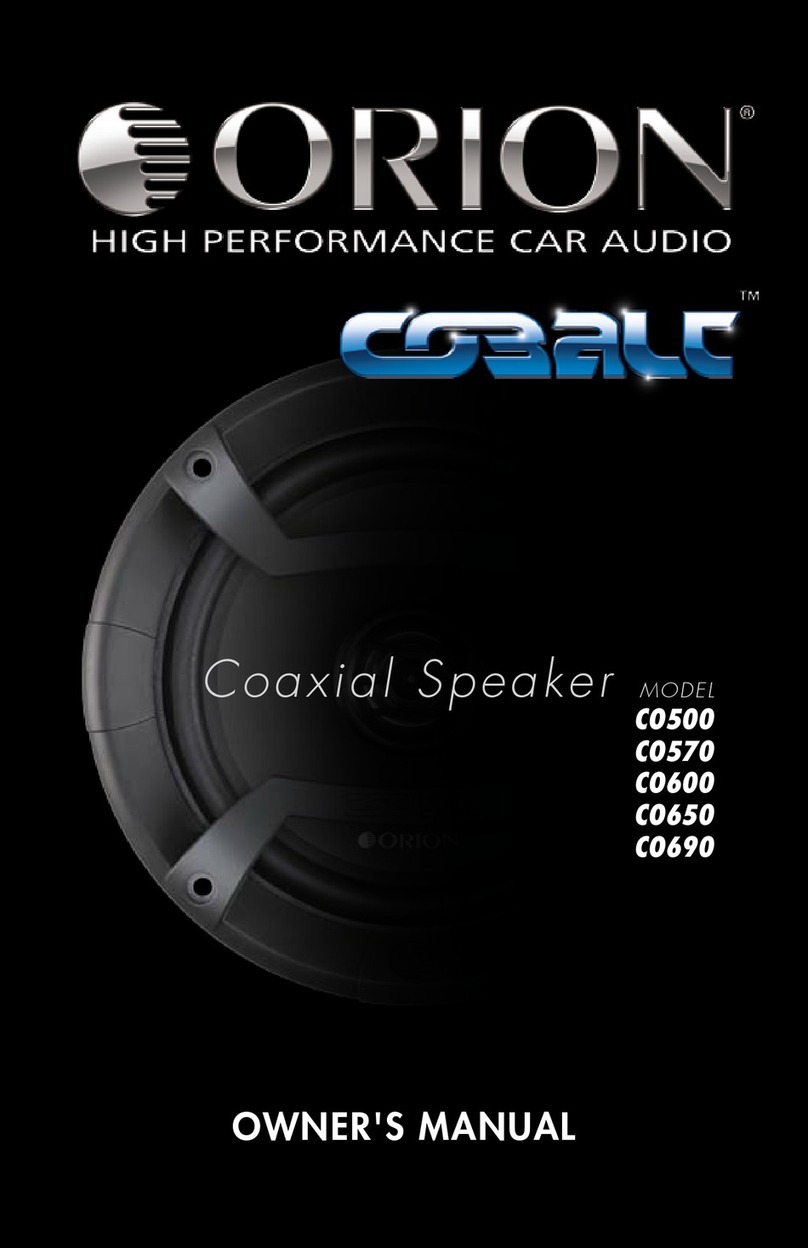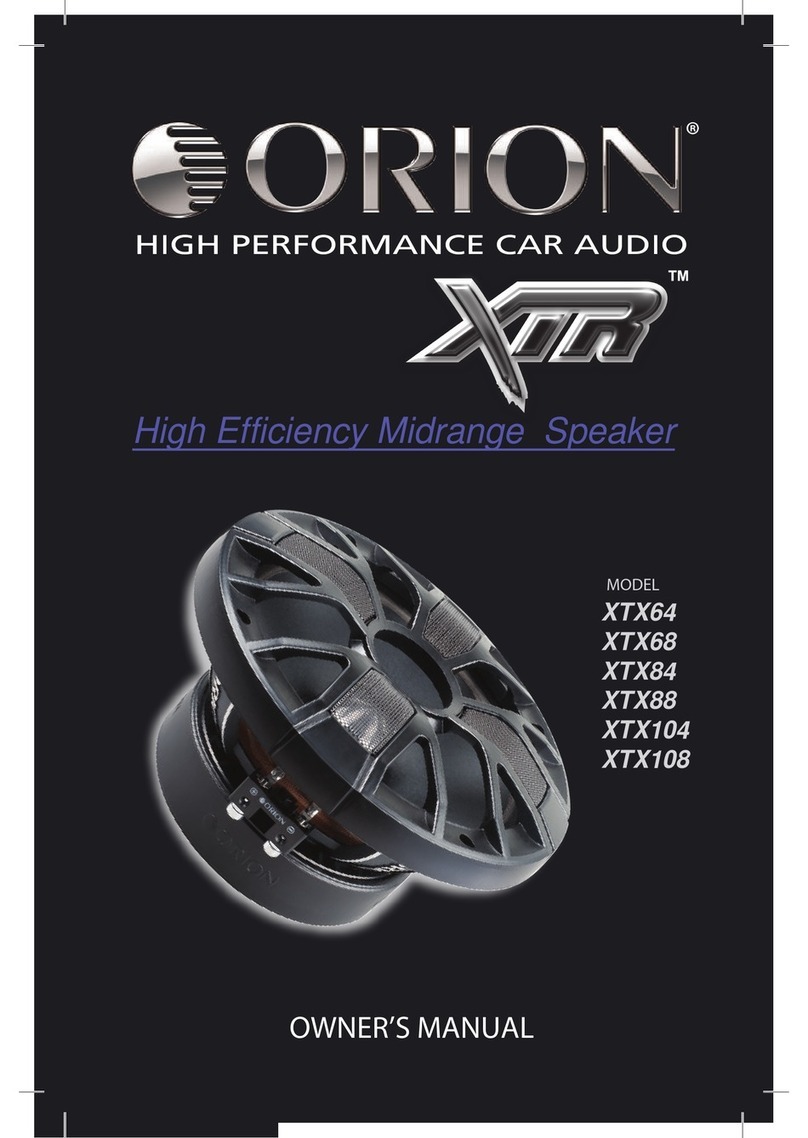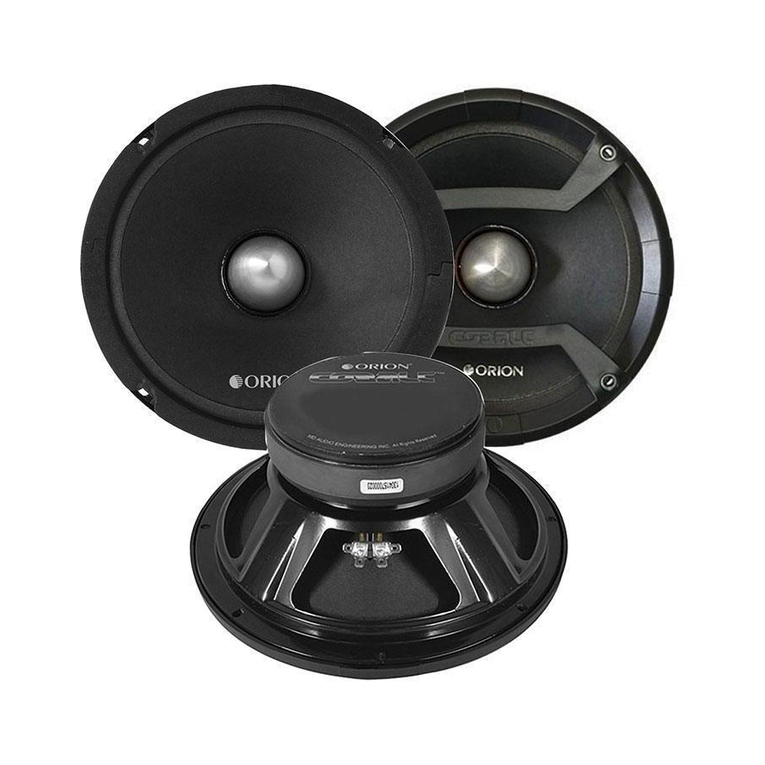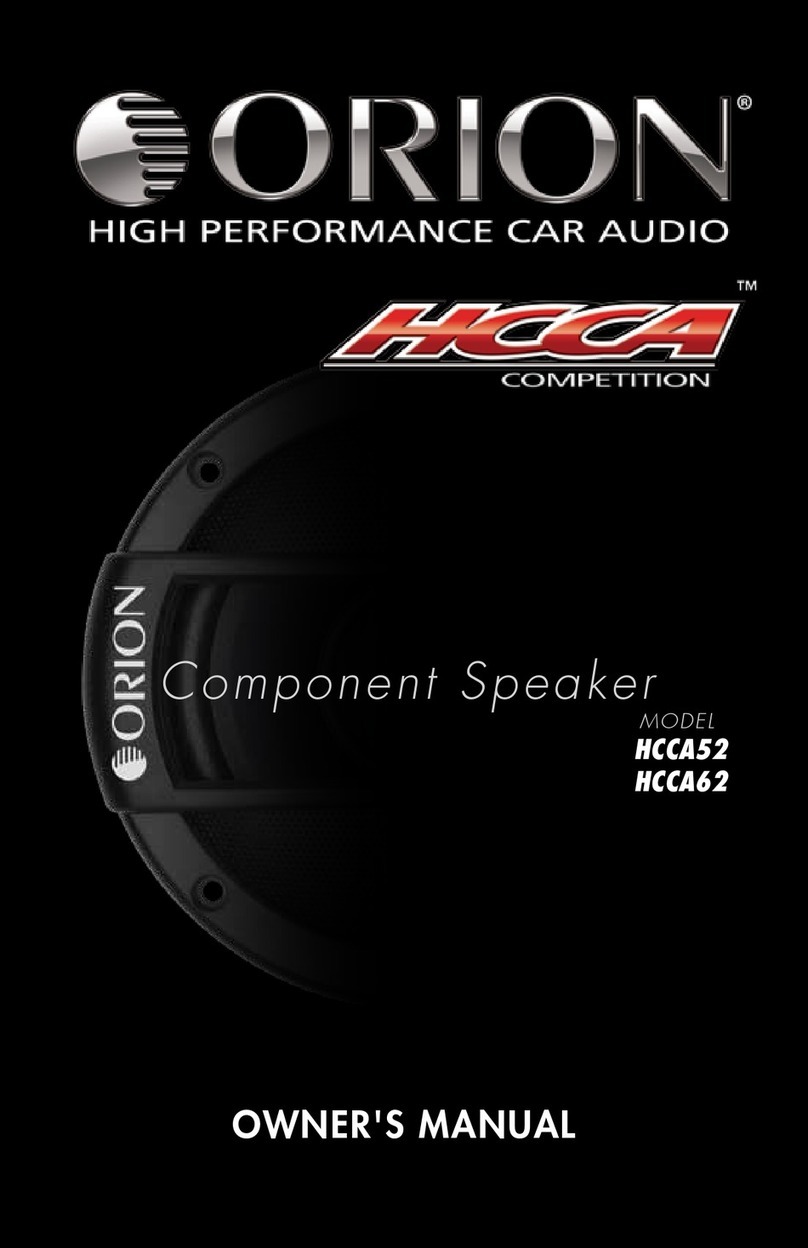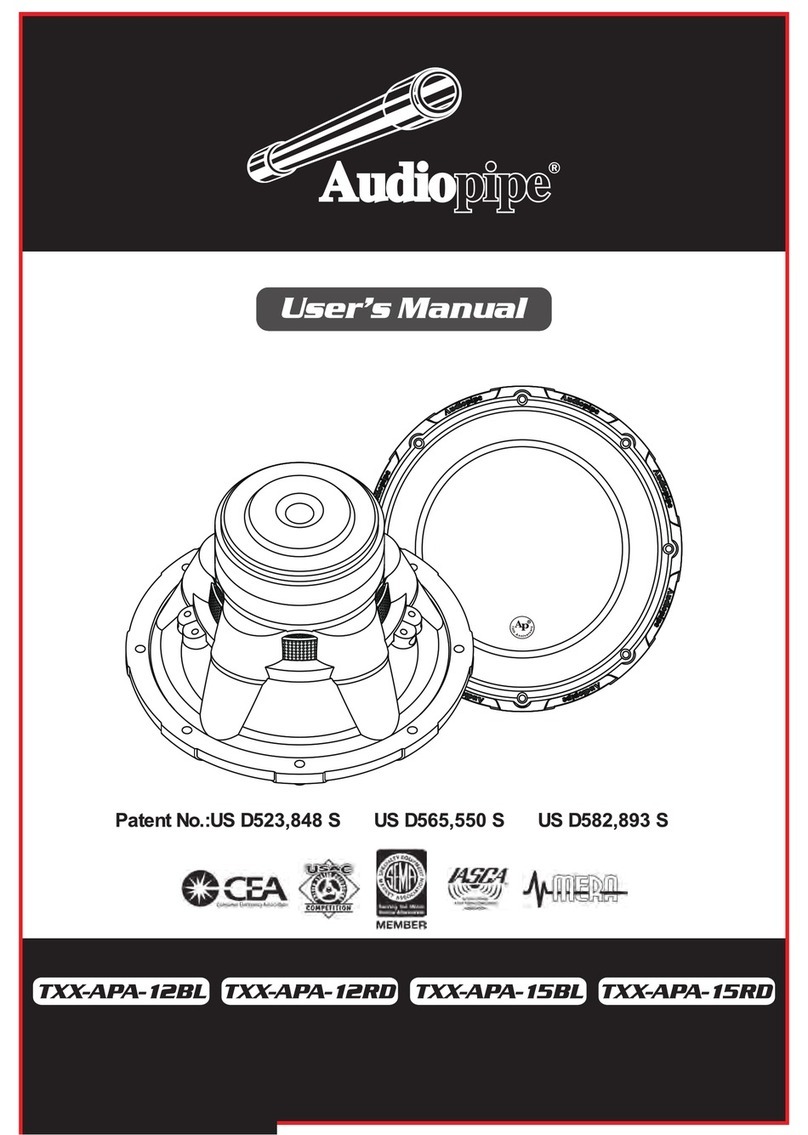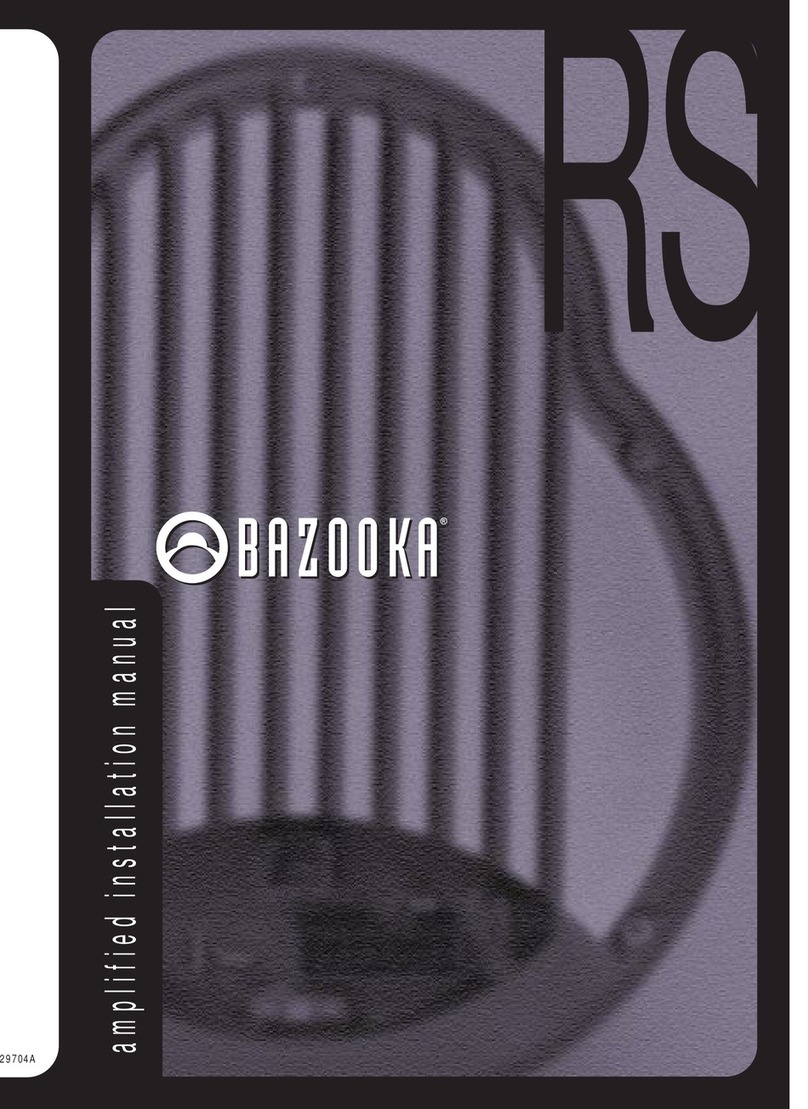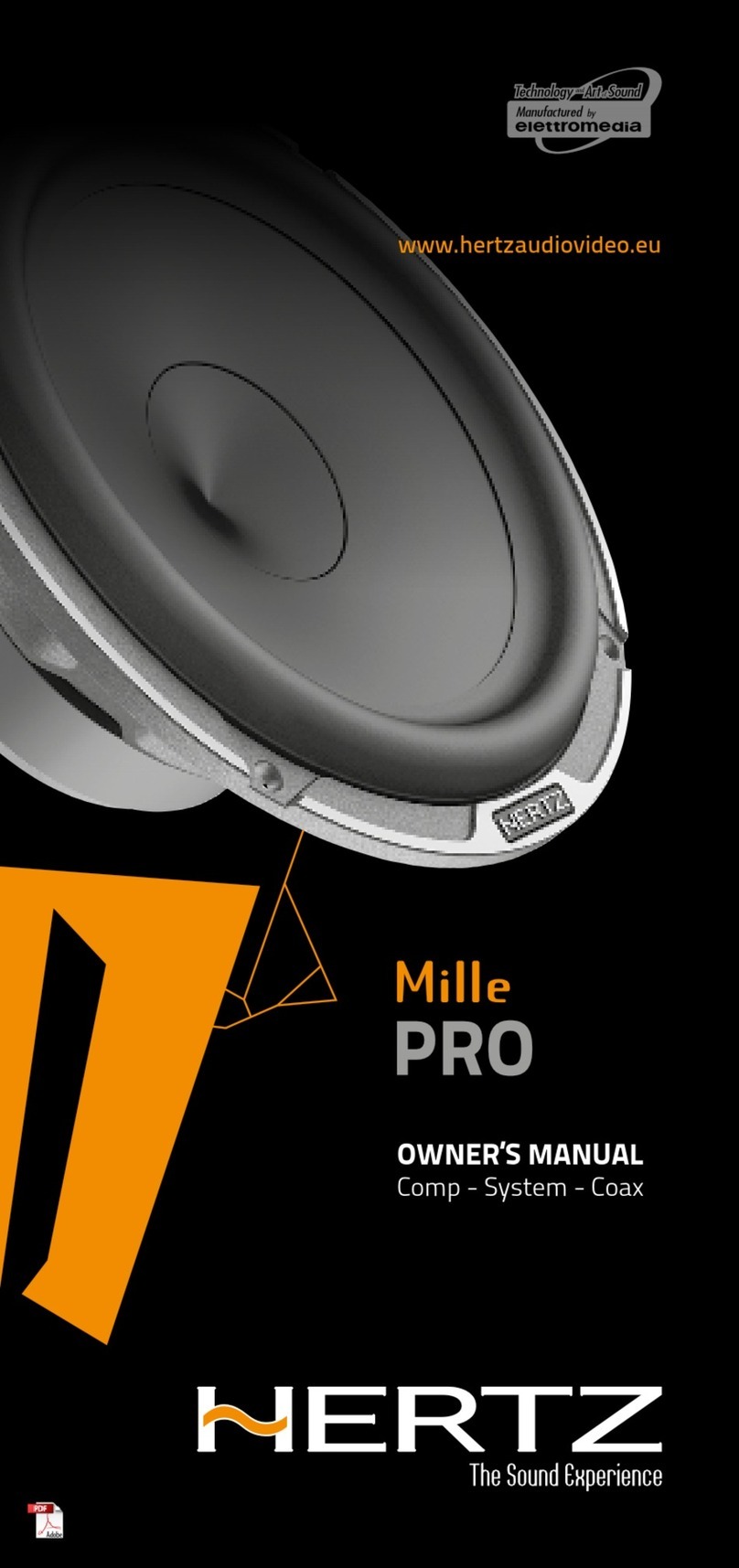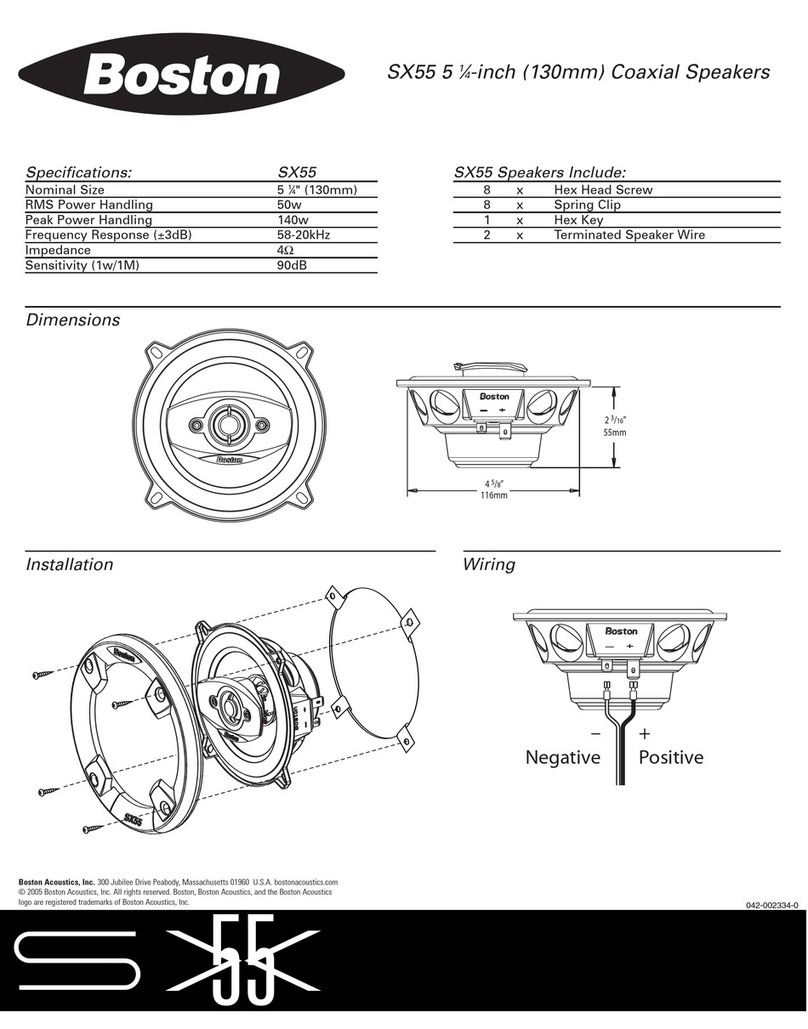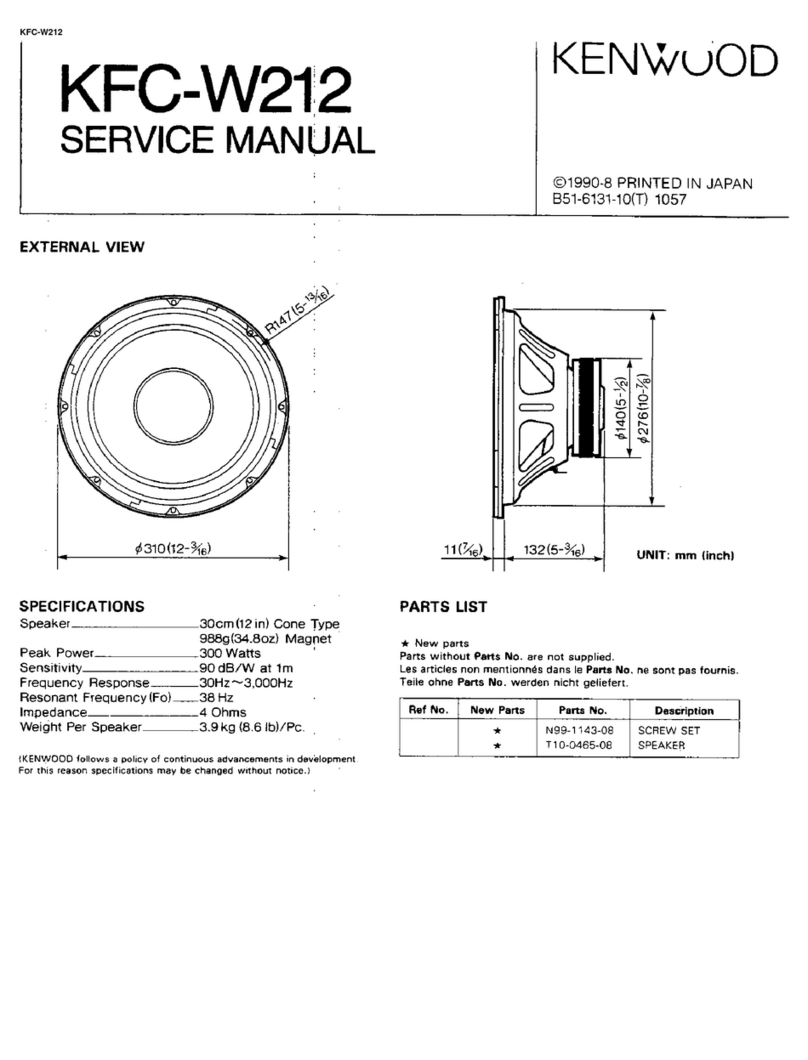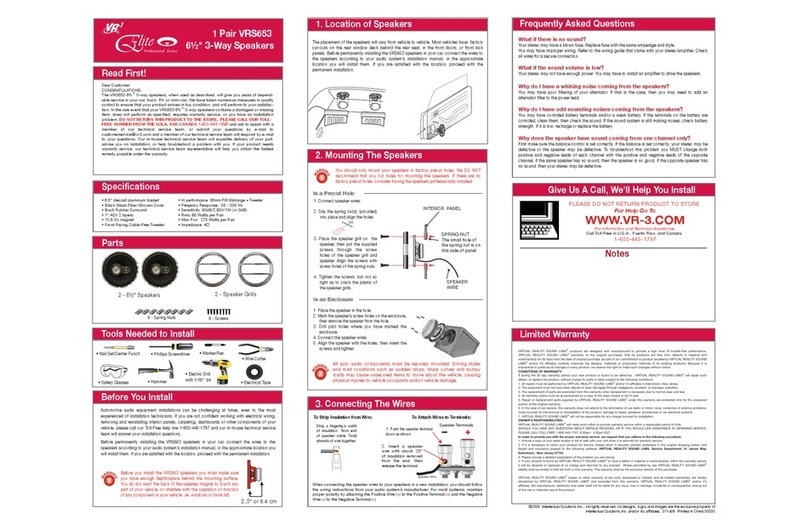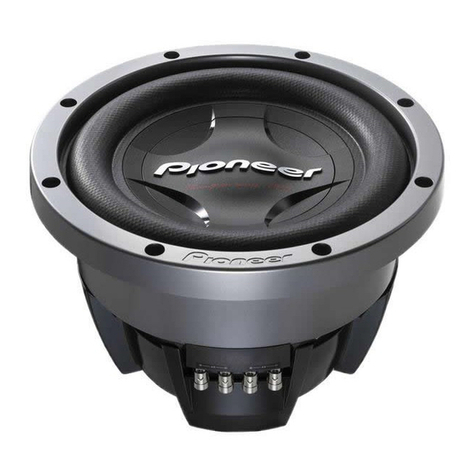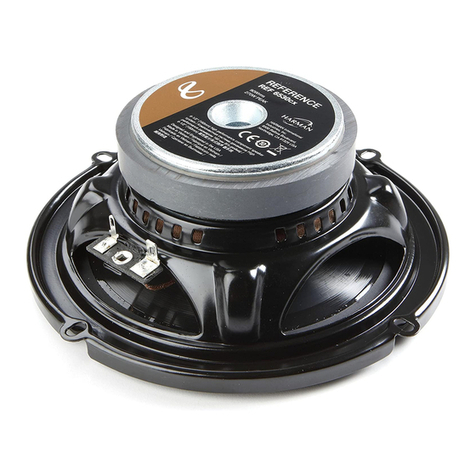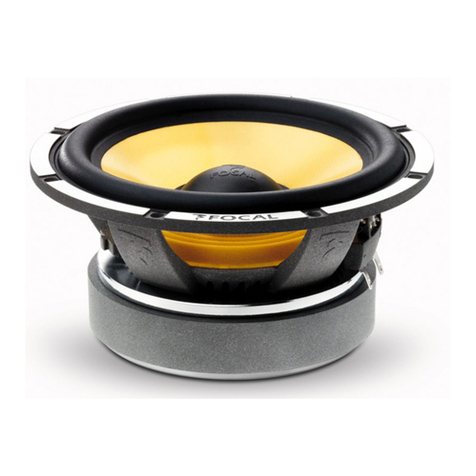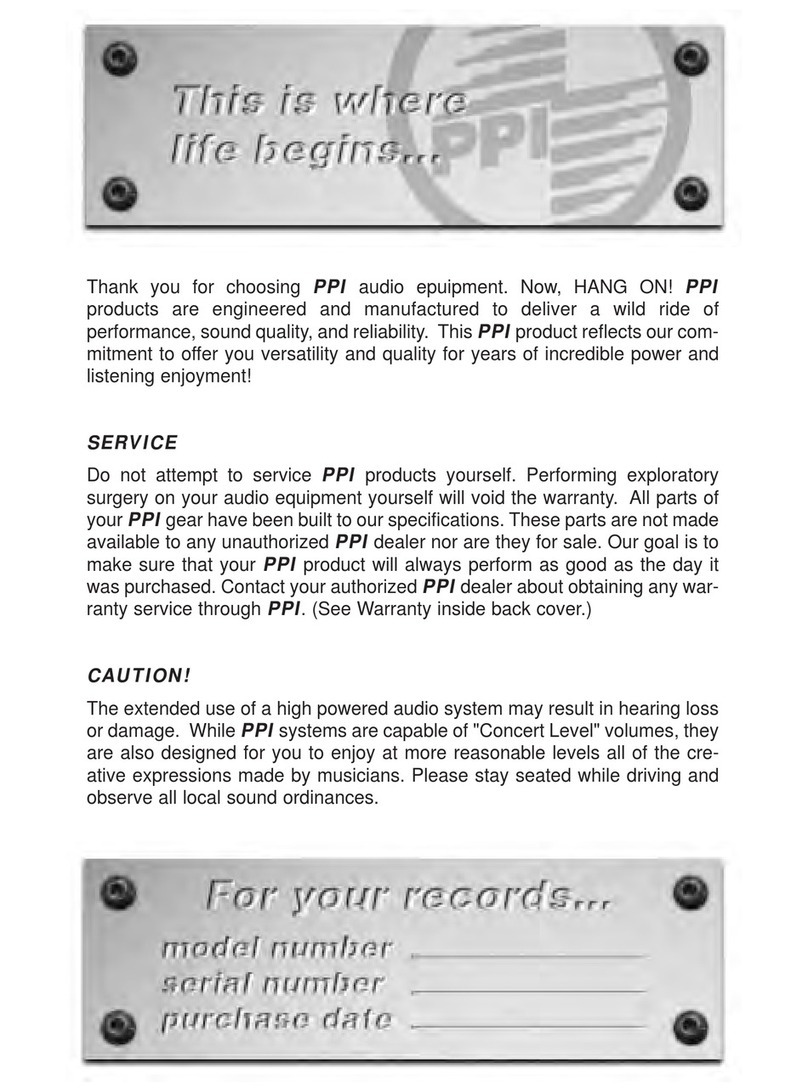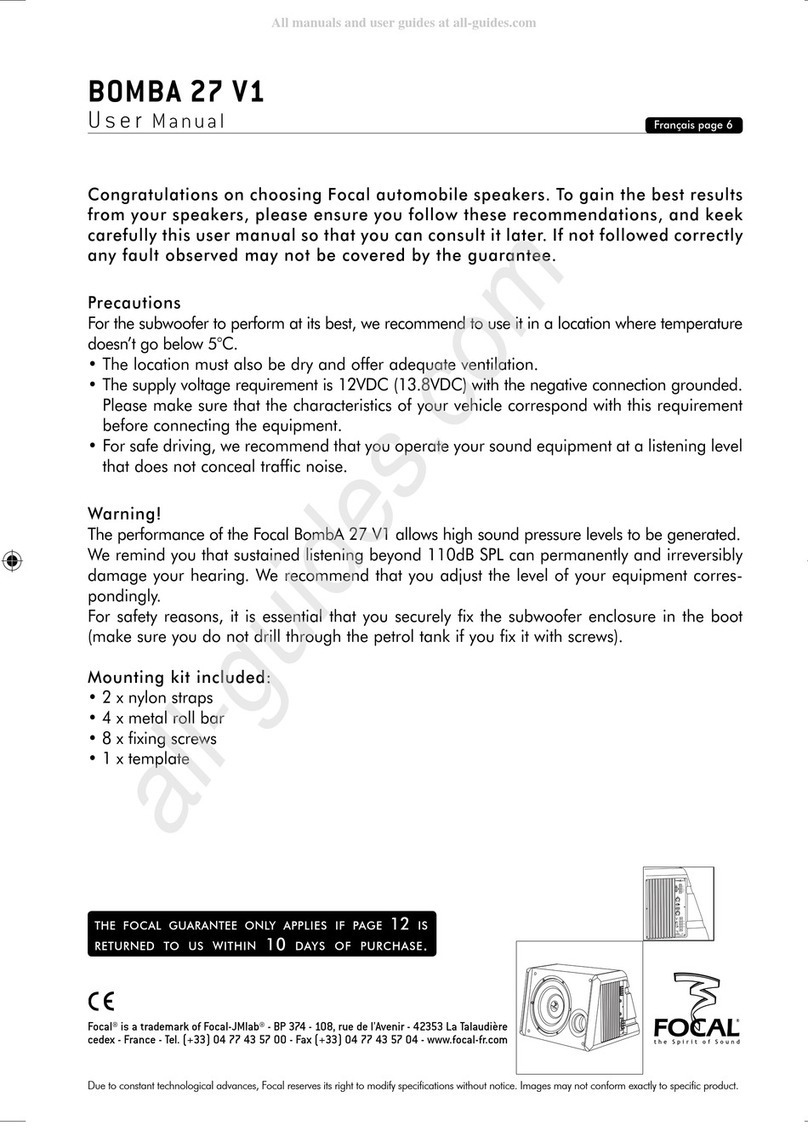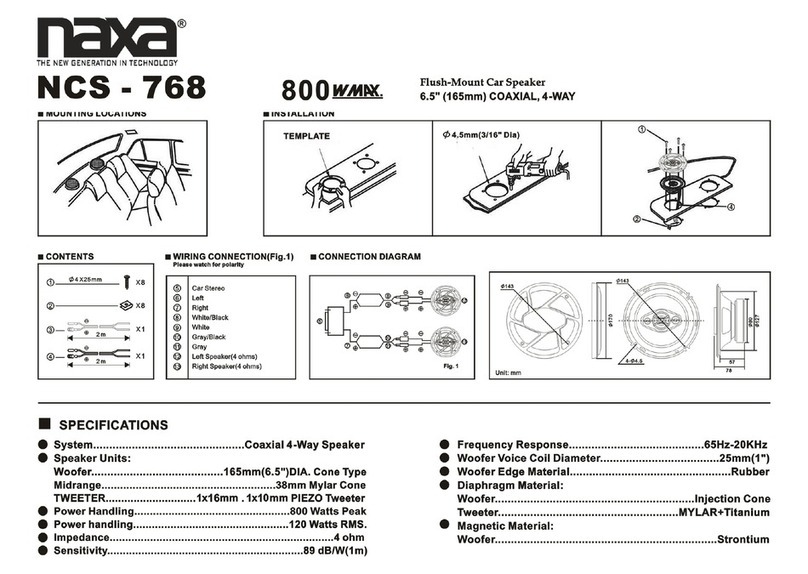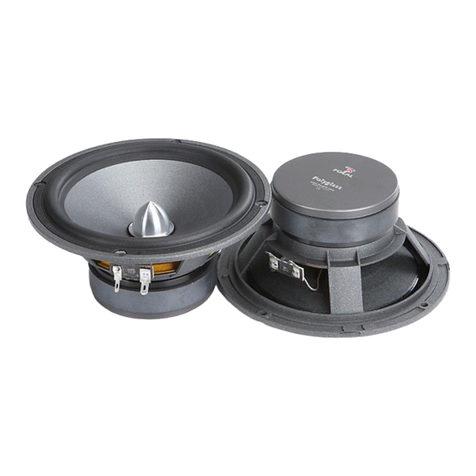TABLE OF CONTENTS
English........................................................ 1
Français ....................................................... 9
Español....................................................... 13
Deutsche ..................................................... 17
Italiano....................................................... 21
Português .................................................... 25
Introduction.................................................... 1
PracticeSafeSound™............................................ 1
Installation..................................................... 2
What’sintheBox............................................... 2
ToolsoftheTrade............................................... 2
Finding Speaker Mounting Locations . . . . . . . . . . . . . . . . . . . . . . . . . . . . . . . 3
DoorMounting.............................................. 3
RearDeckMounting ......................................... 3
StepbyStepInstallation.......................................... 4
Specifications................................................... 6
Features....................................................... 6
Warranty.............................................. backcover
INTRODUCTION
Thank you for your purchase of ORION's Cobalt Coaxial Speakers. These
speakers offer renowned Orion excellence in every high performance
speaker system. The metalized PEI (Polyetherimide) dome tweeter can be
angled on a 360° axis for optimal imaging and sound quality. Designed for
OEM applications, the Cobalt coaxial speakers will fit standard 5.25",6", 6.5"
round and 5" x 7", 6" x 9"oval mounting locations.
PRACTICE SAFE SOUND™
Continuous exposure to sound pressure levels over 100dB may cause
permanent hearing loss. High powered automotive sound systems can
generate sound pressure levels in excess of 130dB. When playing your system
at high levels, please use hearing protection and prevent long term exposure.
Model Number: ____________________________
Serial Number: ____________________________
Date of Purchase: ____________________________
